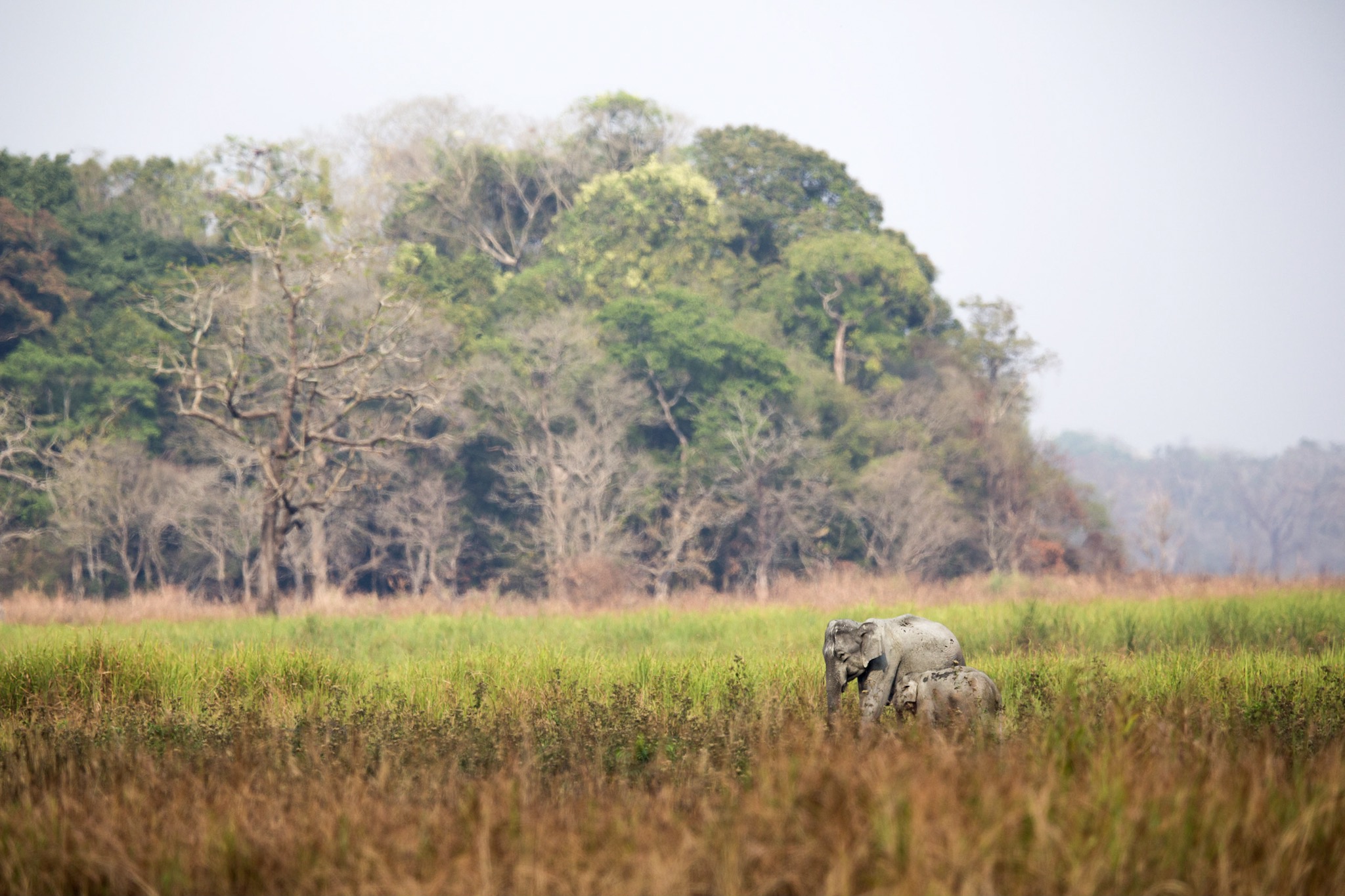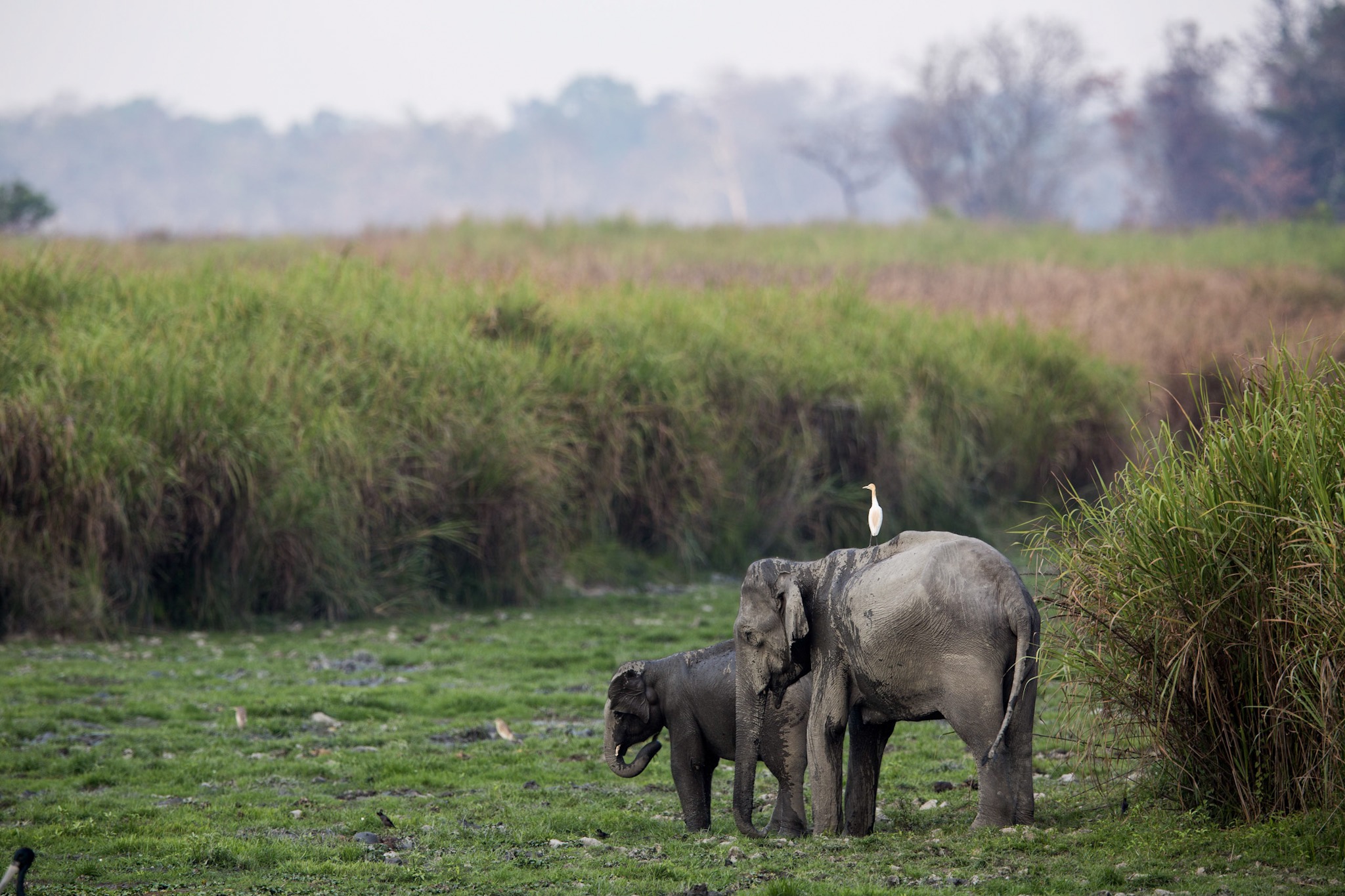The myth of the long lens!
Super telephoto-lenses are synonymous with sports and wildlife photography, and for very good reason. When you can't be right there in the thick of the action, they allow you to get optically closer. But a super-telephoto lens is NOT the be all and end all, and are often misunderstood or not utilised to the best. Here are some of the misconceptions I have encountered around super-telephoto lenses.
For me a super-telephoto lens is 300mm or more, and a telephoto lens one that has a reach of up to 100-299mm
I) There can be only one!
A common misconception in wildlife photography is the need for a super-telephoto lens in the first place. This is not true. Sure, they allow you take a very specific genre of wildlife images, but there is a plethora of other images you can take without using a super-telephoto. Some of the most compelling images are taken at wide angle and/or from unique perspectives.
An example; the 2017 Natural History Museum Wildlife Photographers of the Year has just been announced (You can check it out here). Out of all the winning entries (adult category) only 1 used a super-telephoto lens, the canon 200-400mm, and that was using it at 200mm!
My wildlife kit:, 500mm Super-telephoto lens, 70-200 telephoto lens, 24mm wide angle lens. Each has its job... I never go with JUST the 500mm
24mm wildlife photography gives a very unique and intemate look!
II) Longer is not always better!
The most important attribute of a lens is how well it can resolve an image, and not how long it is. Just because you have a 600mm lens does not mean it is better than a 400mm lens, it just means it is longer. There are many elements (pun intended) that make a good lens, and focal length is just one aspect. Resolving power, clarity, sharpness, distortion etc... play their part too. Personally, I would prefer to have a short lens with less reach but better image quality than the reverse. As I mentioned in part 1 a long lens is not essential, but a sharp lens is always better!
An example; A friend of mine wanted advance on buying a long lens. I recommended the Canon 100-400L, which when paired with his 7DII would yield excellent results (640mm equivalent). A few months later he bought a Sigma 150-600 lens, another good lens, and asked me why I had not recommended this lens to him since it was cheaper and longer! 1 month after that, he answered his own question. Despite 600mm being 50% longer than the 400mm, the image quality of the 400mm was more than 50% better. The result was he liked the image from the 100-400mm significantly more.
III) The myth of miles!
Super-telephoto lenses are not specifically designed for taking pictures of something a long way away, but they are for taking closer images of subjects at a medium distance. OK, yes you can take pictures of subjects further away, but that is not where the strengths of these lenses are. The best results from a long lens come from taking images of subjects at a medium distance and fill more of the frame with them. Images taken at a long distance, no matter the lens, has to tackle with air contamination, heat haze and light diffraction, all of which are rarely conducive to producing the best quality of images.


IV) Not a one trick pony!
500mm at minimum focusing distance does a reasonable job at macro, without disturbing the subject.
The quintessential telephoto wildlife shot is a frame-filling portrait with a blurred background. These are great images, and we all want them, but that is not all a telephoto lens can do, a close-focus for near-macro images, landscapes, changes for composition, astro-photography, compressing the image (bringing distant elements close together).
The bottom line
Super-telephoto lenses have their place, but they are not essential to wildlife photography and should not stop you from going out there and taking fantastic images.


